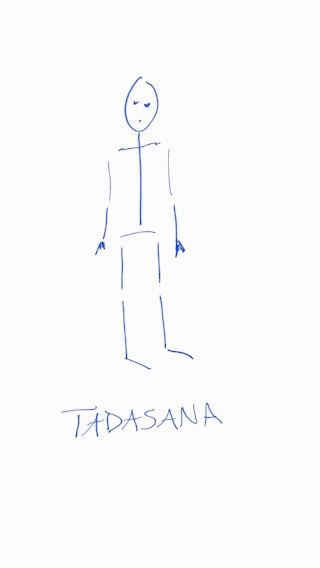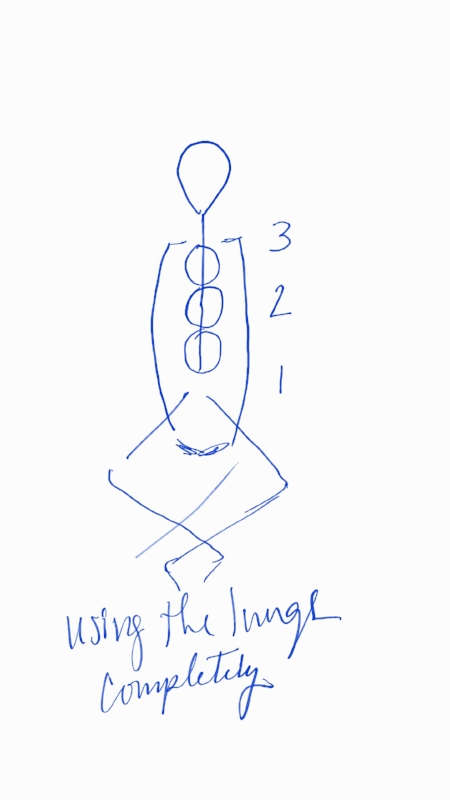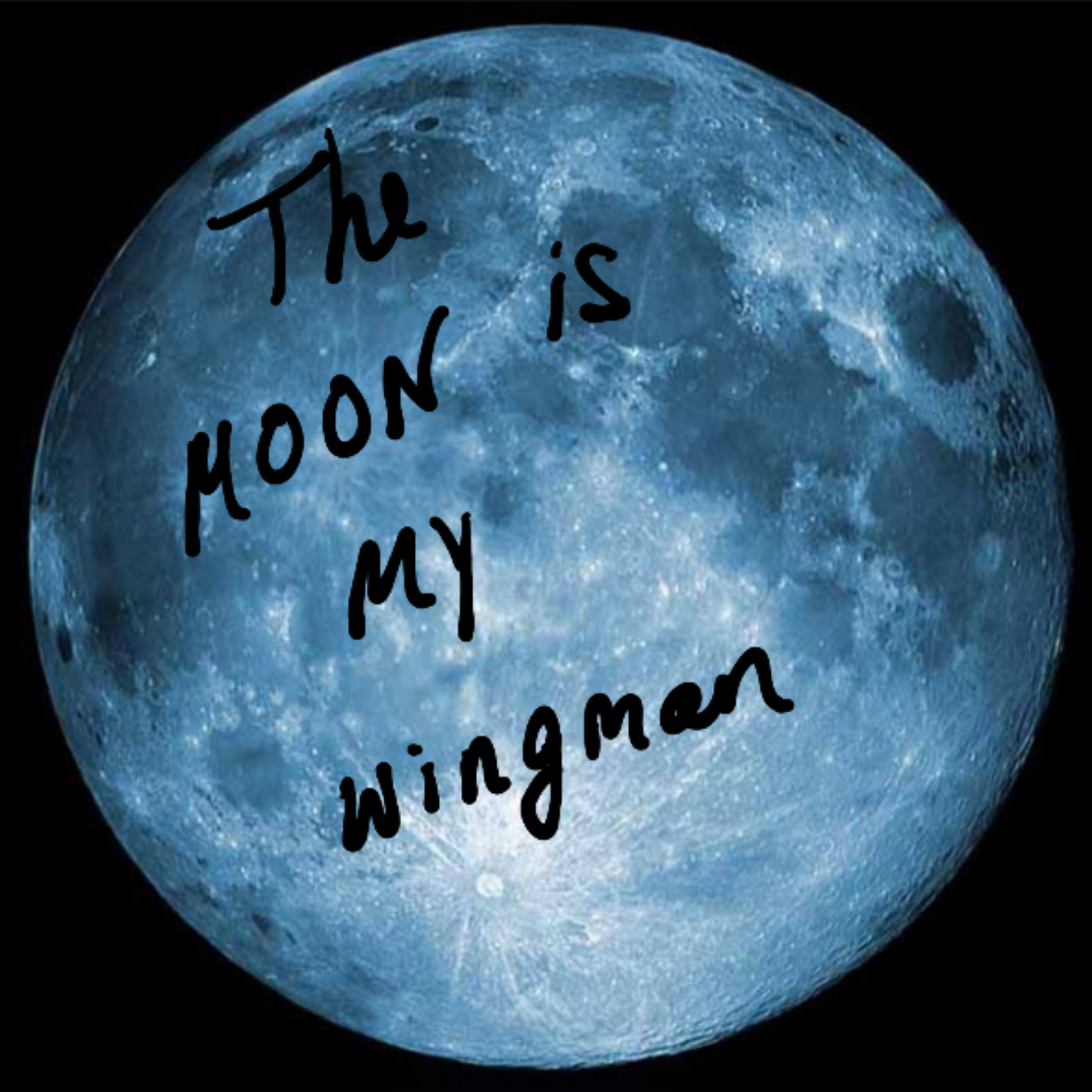To begin, begin
Moon: Waxing Crescent (new moon was the 15th)
Building up forces
In this newsletter:
Introduction
First line of Yoga Sutra, the ur-text of yogic discipline:
Now we begin the process of yoga.
First, we enter the present moment, now. Yoga moves from the more superficial levels of awareness to the deeper in a steady, verifiable process. In yoga, functional awareness starts in the body, literally, with the breath. The asana or postures are among the early steps of yoga works, followed by longer meditative states.
It is sometimes called a spiritual technology because it gives a structure to follow, to move into various levels of our being. This turns out to be a useful tool for regulation and adaptation. Beginning any new routine is difficult, but in yoga we use small, incremental steps to achieve intermediate goals.
We cannot be really free and energetically pursue our goals when the body’s demands are pressing. Though we can and do ignore this fact. The abstraction of the body into an enemy is a fundamental error. Repairing this relationship is the first step towards health—cultivation of awareness leads to a state of wellness.
Often when I meet absolute beginners, especially those who are weakened in any way, from the average inflexibility, to impairments caused by injury and age, they are so worried about not being a yoga type. I remind them that yoga is for every body. In practice, yoga feels more like a physical training and way to get with yourself than an exercise.
It is also a minimally invasive approach to attenuating many chronic concerns, at their roots.
Better than opiates, in other words.
The Daily Practice
“The mind should reach toward meditation, not avoid it.”
With yoga, start small, aim for shorter, consistent, daily or weekly practices at first. Don’t start with 20 minutes meditation on day one. (Not alone, anyway. It’s much easier when meditating with others.) Five minutes is great.
Centering (5 minutes)
(I’ll add link to audio shortly, when the site goes live.)
Sit cross-legged, or any comfortable seated position. Use a chair if the hips don’t allow a comfortable floor position.
Breath through the nose at a natural rhythm, lightly closing the lips.
Release the jaw and let the tongue hang away from the roof of the mouth.
With the eyes open, lowered, and still, allow your focus to be diffuse, and notice the entire field of your awareness, in the senses and the body.
Be patient. As the dust settles, the body will become still and soft.
3-part breath (increases oxygen intake/use of lung capacity)
Inhalations bring light and space into the body, while exhalations soften and release tension. Breathe continuously, using light effort on inhalation, then letting the breath exit on its own.
Read through the next part first.
Close the eyes and let the eyes rest back and become still. Relax the jaw and tongue (again).
1. Let the breath move gently into the belly. 3-5 breaths.
2. Let the breath move smoothly from the belly into the mid-back. 3-5 breaths.
3. Let the breath move into the belly, then the mid-back, and lastly into the chest. 3-5 breaths.
Let the breath be continuous and soft, not too much effort (tension) in the breath. Become sensitive to the smallest movements in the inner body and build from there gradually. Relax into the body, enjoying any moments of pleasure you encounter, and breathing with awareness of more difficult sensations.
Here are my friends Charlie and Anja to demonstrate! Don’t judge, they work for free!
WARM-UP (10–15 minutes daily)
Still seated, press the hands down at the sides and draw up and back with the sides of the waist, straightening the arms.
Bring both arms out to the side and rotate open from the shoulder joint.
As you inhale, lift your arms so palms face inwards. The arms can be in a vee, but keep them straight. Let the muscles of the upper arms draw toward the ears. Keep the arms lifted but let the shoulder joint release down to the back. 3 breaths.
Release arms down to the sides on exhalation, rotating them internally as you lower.
Bring the arms just behind the hips and out to the sides, fingers facing forward.
Bend the elbows back, then lift forward through the chest, coming into a backbend. Let the inner edges of the shoulder blades shift down and onto the back.
Remove any extra tension in the upper shoulders/traps (breathe there).
Release back to neutral on in-breath.
Cat/Cow
Can be performed seated or move into hands and knees posture. Seated in easy pose (cross-legged), with hands on lap or grasping the shins, let the back round upon an exhale.
On an inhale, lift the chest forward and up for a back bend. Exhalation rounds the back. Moving with the breath, keeping it slowly going for 6-8 rounds.
Side Bend
With the arms back at the sides, feel the pelvis root down into the ground through the sitting bones. Upon inhalation, lengthen the sides of the waist towards the armpits and let the shoulders move slightly to the sides.
With left arm (soft elbow) down at the side as a kickstand, take the right arm off the ground, turn it palm-facing out, and lift with an inhale. Feel the spine lengthen on the in-breath. Keep the length in the left side of the waist as you exhale, bending to the left. 2-3 breaths. Up again with an inhale, release arm down with exhale.
Repeat OS.
Seated Spinal Twist
ROOT down through the sitting bones.
If your pelvis is too far back, you’ll feel a strain in the low back. Too far forward, strain in the mid-back.
Feel the natural movements of the spine as you breathe. It expands and contracts like an accordion. Keep the breath gentle, steady, and even in the back and front of the torso.
The principle: on in-breaths, the spine lengthens, on out-breaths, twist.
Start the turn by bringing the right arm onto the ground behind and slightly away from the hips. Bring the left arm across the body and place the hand on the outside of the right upper thigh. Inhale and lengthen the torso; exhale and turn the belly to the right.
Turn from the belly, back, then chest. Neck and head turn last of all.
Go almost to your edge, then hold and let the breath do the rest. Steady continuous breathing, with space in the inner belly, and especially focusing on the back and sides of the spine.
Do NOT overdo the twist. Try instead to keep integrity in the twist. Meaning, the spine is twisting evenly along its length, moving from the ground up. The sides of the chest open, too, and the shoulders remain level and away from the ears.
Let the spine still move in its accordion-like fashion, even in the twist.
Tuck the lower front ribs in the body, and breathe into the mid-back.
3-5 breaths. Release from the top down on an INHALATION.
Relax and soften for a couple of breaths before repeating to the left.
Take a few moments to relax again in a neutral seated pose, internalizing the practice. If you have time, lay down for a few minutes. Then slowly come back to your senses, bringing some of the feeling you have now into the rest of your day.
THAT’S IT!!
If you do this much even thrice weekly, you’ll be on your way to a healthier spine and stronger back, and releasing energy-draining habit formations.
You’re as young as your spine is flexible. (Yogi maxim)
If any of this isn’t computing, I do in-person and tele-sessions. A few sessions can get you on the right track, help support other physical movement practices, and give you personal feedback.
I charge in micro increments (15 minutes), to make yoga accessible for any level of need. And so that our time is used efficiently. If you need any kind of sponsorship, ask me about options.
Subscribe below the jump.
Love, Emily and Bija Works


































